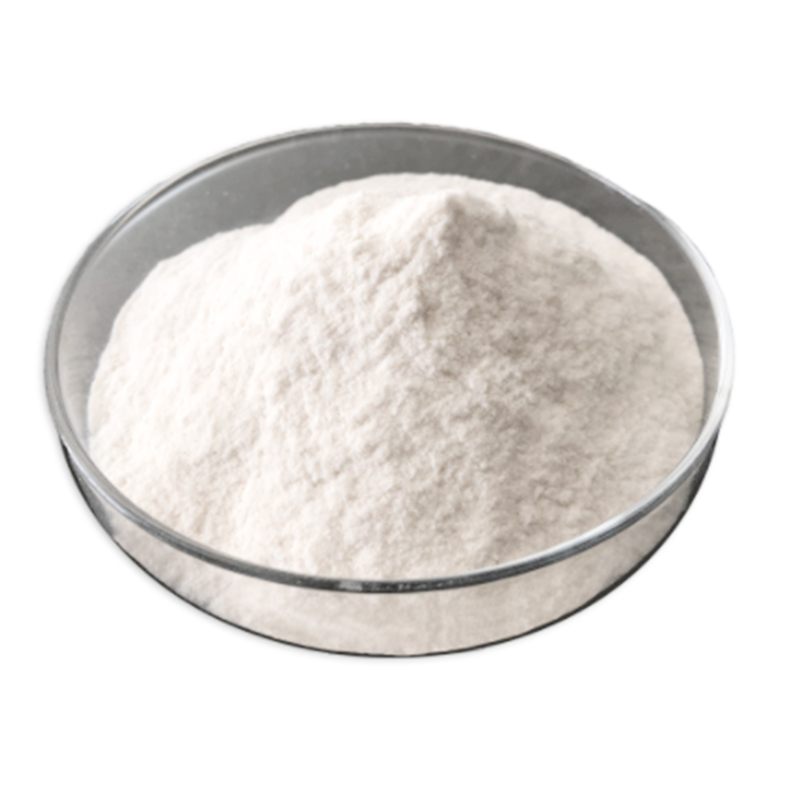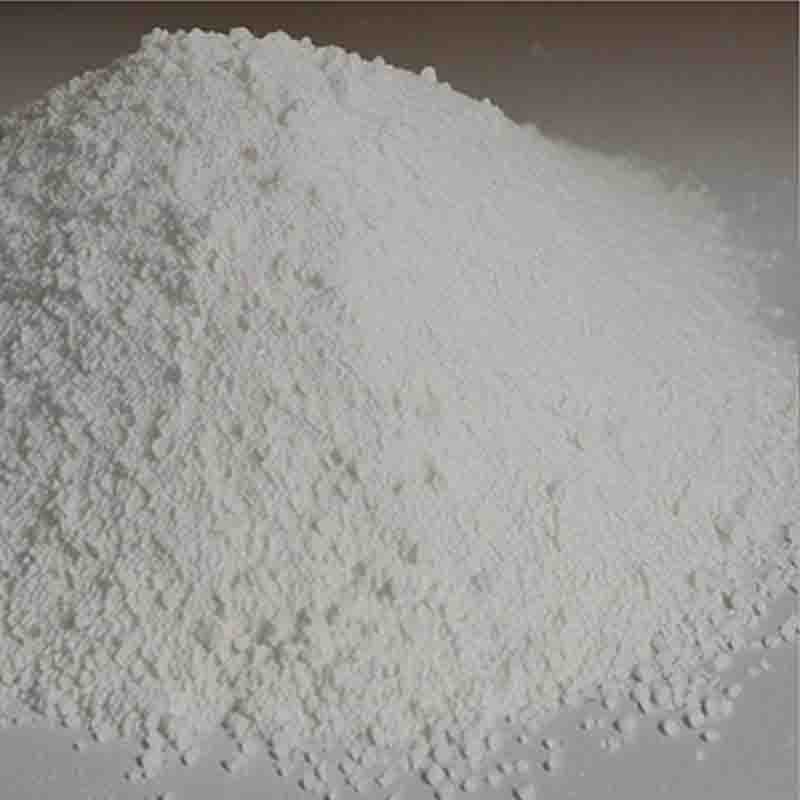p-Aminobenzamide CAS: 2835-68-9
| Catalog Number | XD93925 |
| Product Name | p-Aminobenzamide |
| CAS | 2835-68-9 |
| Molecular Formula | C7H8N2O |
| Molecular Weight | 136.15 |
| Storage Details | Ambient |
Product Specification
| Appearance | White powder |
| Assay | 99% min |
p-Aminobenzamide, also known as 4-aminobenzamide, is a chemical compound with the formula C7H8N2O. It consists of a benzene ring with an amino group (-NH2) attached to the para position (-4 position) and a carbonyl group (-C=O) attached to the amine (-NH2). This compound has various uses in different fields, including molecular biology, biochemistry, and pharmaceutical research.In molecular biology and biochemistry, p-Aminobenzamide is frequently used as an inhibitor of poly(ADP-ribose) polymerase (PARP). PARP enzymes play a crucial role in DNA repair mechanisms, specifically base excision repair. By inhibiting PARP, p-Aminobenzamide prevents the repair of DNA damage, thus making it a valuable tool for studying DNA repair processes. It is commonly employed in studies related to cell death, DNA damage, and the role of PARP in various diseases such as cancer.Furthermore, p-Aminobenzamide has been used in research related to other enzymes and proteins. It can act as a competitive inhibitor or modulator for certain enzymes, including sulfite oxidase and fatty acid amide hydrolase. Its ability to inhibit these enzymes allows scientists to investigate their functions and potentials as drug targets.In the field of pharmaceutical research, p-Aminobenzamide has also shown potential as a therapeutic agent. Research has suggested its antitumor activity, particularly against cancer cells resistant to chemotherapy. It may induce cell growth inhibition, apoptosis, and cell cycle arrest in various cancer cell lines. However, further studies are required to determine its full therapeutic potential and underlying mechanisms of action.It is important to note that p-Aminobenzamide should be handled with care due to potential hazards associated with its use. Safety measures, including the use of appropriate protective equipment and adherence to established protocols, should be followed during its handling and storage.In conclusion, p-Aminobenzamide is a versatile compound with applications in molecular biology, biochemistry, and pharmaceutical research. Its ability to inhibit PARP and other enzymes makes it a valuable tool in studying DNA repair mechanisms, cell death pathways, and potential therapeutic targets. Ongoing research continues to explore its potential applications and efficacy as a therapeutic agent in various diseases, primarily cancer.


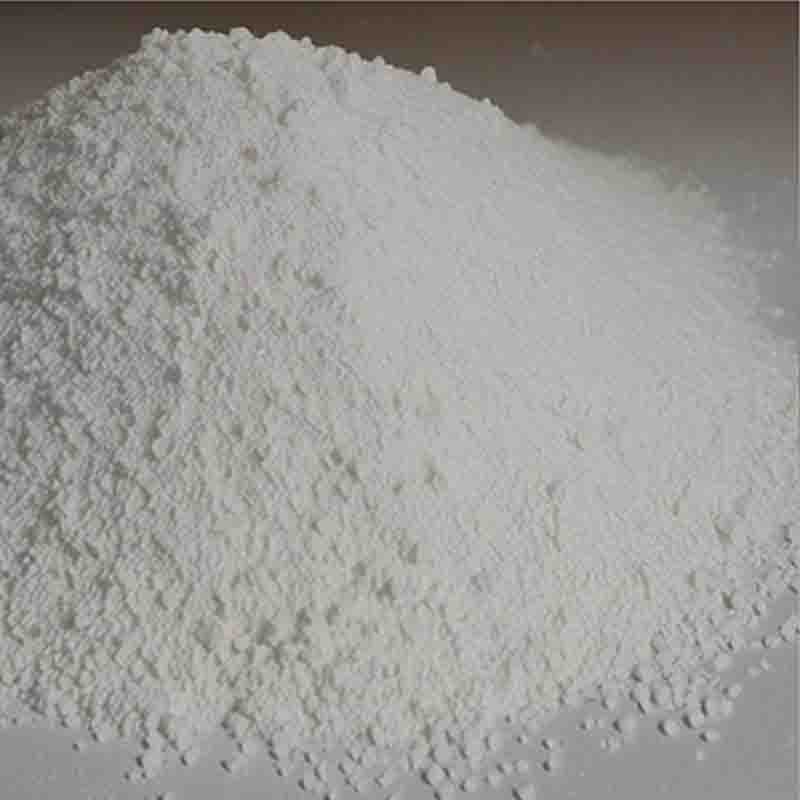

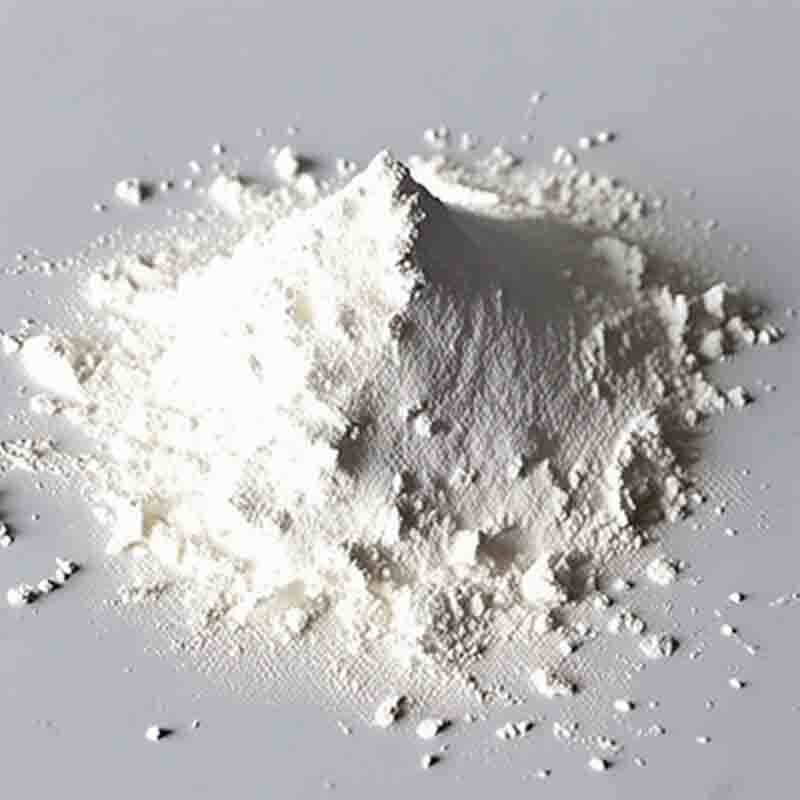
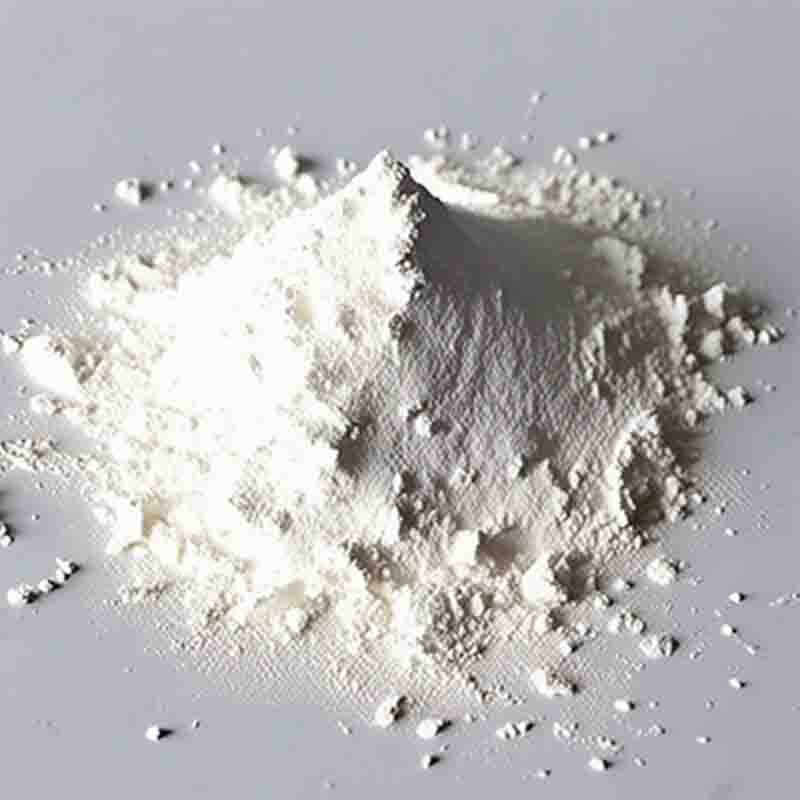
![DICHLORO[1,3-BIS(DIPHENYLPHOSPHINO)PROPANE]PALLADIUM(II) CAS: 59831-02-6](https://cdn.globalso.com/xdbiochems/白色粉末1555.jpg)

